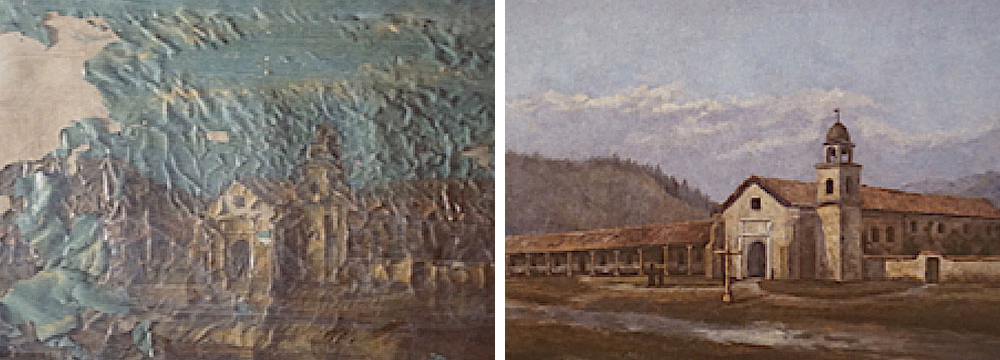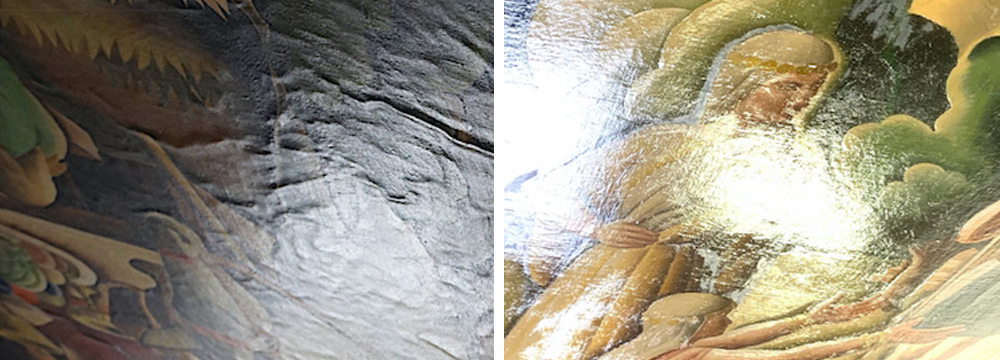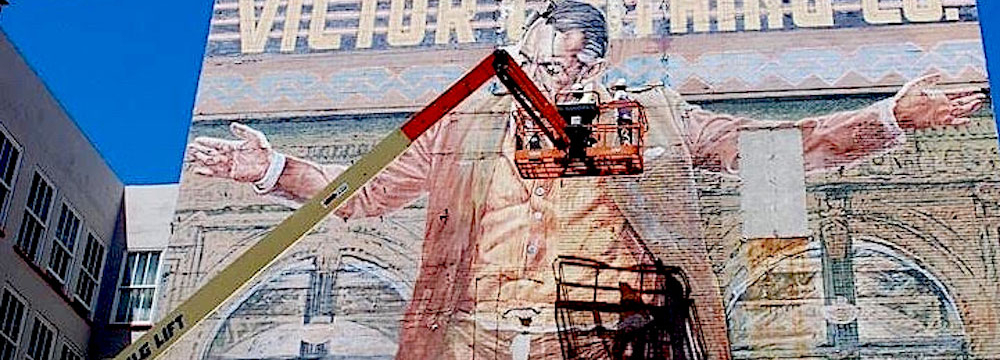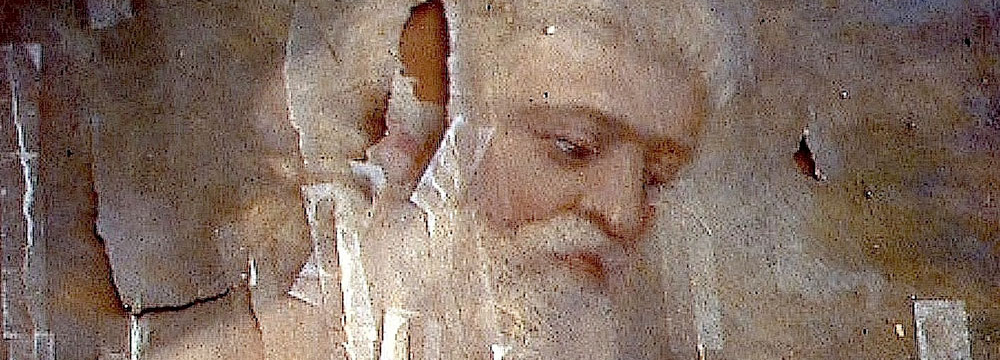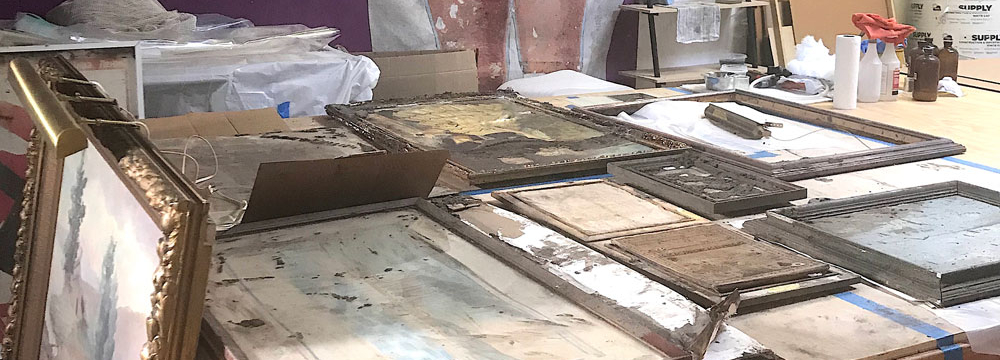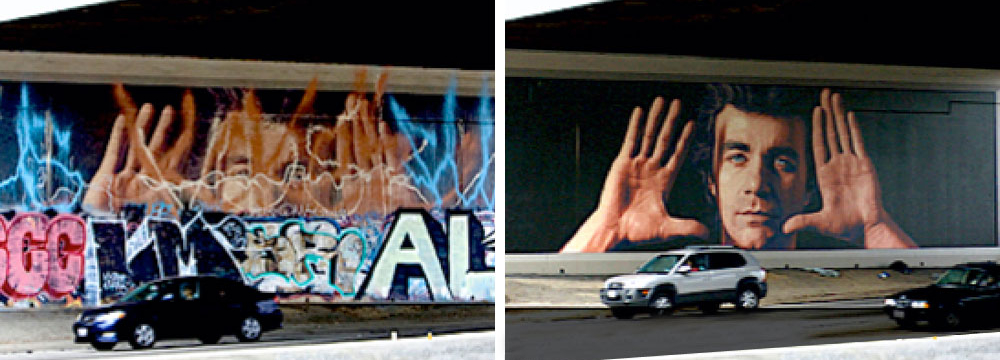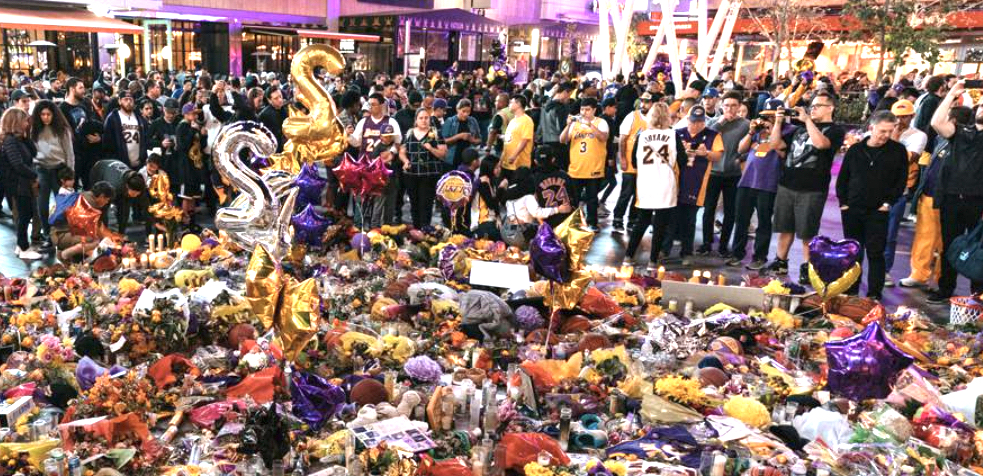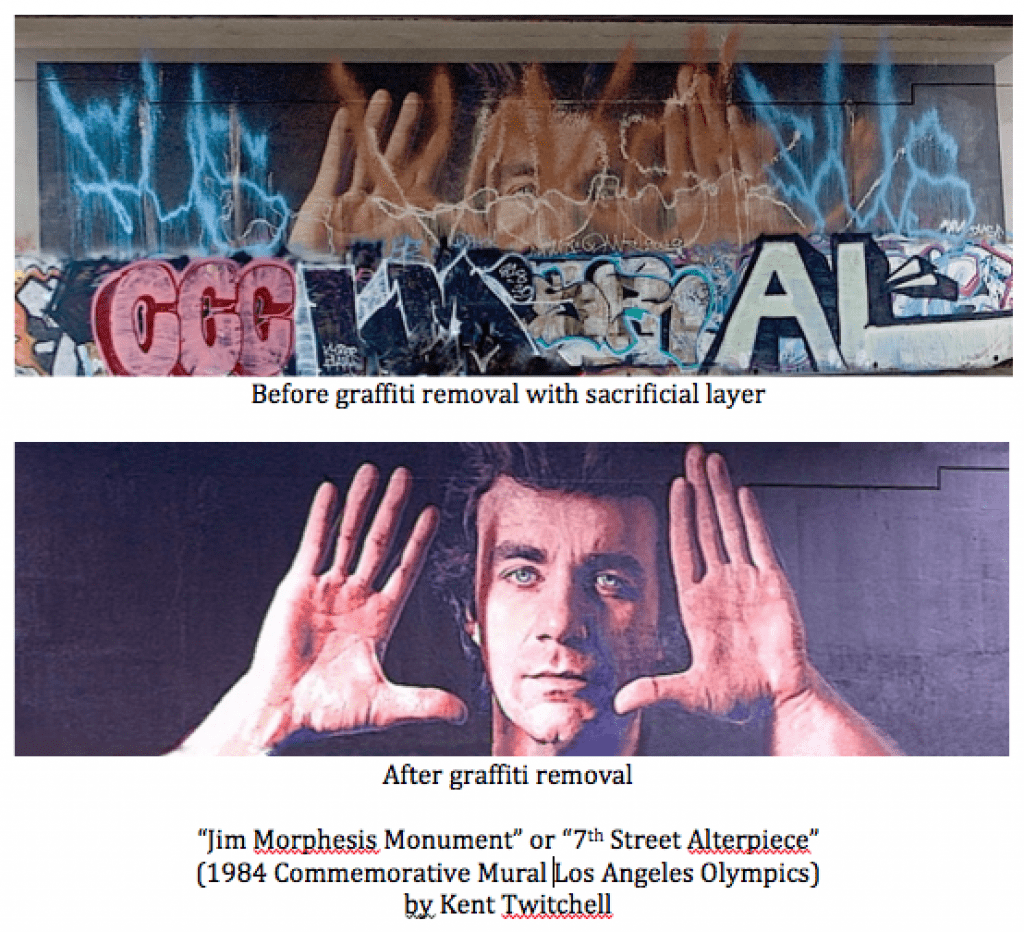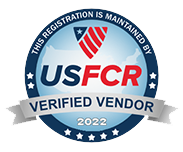I was in downtown Los Angeles this morning for the memorial of Kobe Bryant and to inaugurate the completion of a memorial mural of Kobe by renowned artist Paul Daniels. A couple of weeks ago the artist brought us on to his team to consult about techniques and materials for outdoor murals and how to protect it from vandalism. Here’s a short video about this mural:
I’ve written before about applying the anti-graffiti varnish designated by the Department of Cultural Affairs of Los Angeles for outdoor murals. Actually, in the last month, that particular varnish (GCP 1000) is not compliant with new CA law and is now out of production. But, that varnish was not the only aliphatic polyurethane varnish sold for anti-graffiti purposes. I’ll comment in another article the claims of the manufacturer of superiority, especially when considering the art conservation standards for works of art.
I’ve also commented here in this blog and published articles far and wide, over the years, that I have seen some techniques of painting and types of varnish hold up better during maintenance and cleanup of graffiti or even after being painted out and then re-cooped! These had mostly to do with freeway murals in Los Angeles.
With the extra thick application of the anti-graffiti varnish, we are prepared for the best situation possible to remove grafiti in the future. As an example, let me tell you about a mural on Balboa Island, Newport. The 10’ x 15‘ mural is at street level and in a very high pedestrian traffic area. It was coated with a similar varnish product to the type we will use (which is now out of production). Actually, the product we are using is higher quality. Local senior citizens keep an eye on the mural and when it gets tagged (at least monthly) they immediately come out with Goo-be-gone and scrub it off. I inspected the mural many years after its creation and the application of the anti-graffiti varnish and I was amazed at how good it looked.
The anti-graffiti varnish type we applied is vetted and designated by the Department of Cultural Affairs of Los Angeles and Caltrans for outdoor murals. Diligence in removing inscriptions and graffiti on the part of maintenance personnel at the hotel will ensure that your mural remains more attractive and cleaner as this will discourage many other taggers.
Washing the mural with a hose or using detergents etc will damage the varnish and cause it to cloud or get hazy. Each repeated washing will compound the problem.
For questions, call Fine Art Conservation Laboratories at 805 564 3438 faclofficemanager@gmail.com

